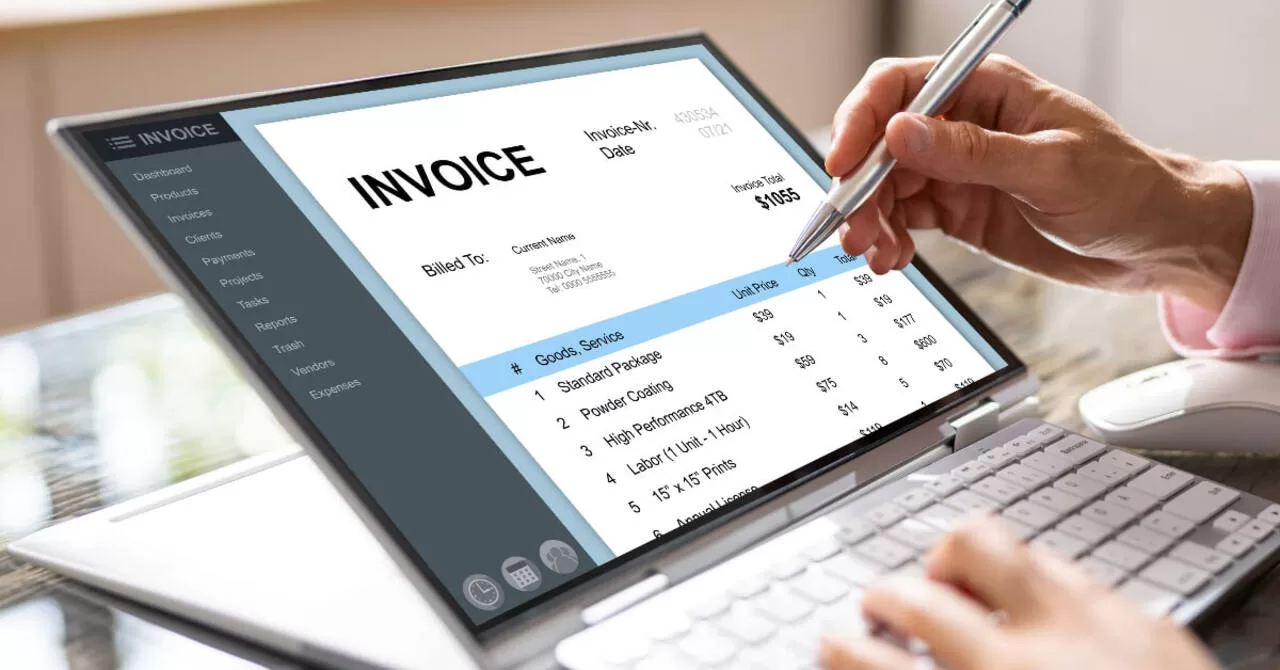Today’s consumer, especially in the tech industry, seeks extensive knowledge and comprehensive understanding before making any significant purchase. Therefore you must be able to create an Effective Interactive Demo to effectively demonstrate your products’ functionality. As an effective interactive demo goes beyond simply presenting features and functionality. It should aim to tell the customer’s story and highlight the value of your product in solving their problem and challenges.
Let’s explore the best tips and practices for interactive product demos for your products.
Ensure best practices for an interactive demo with these tips
- Understand your audience: Focus your narrative on their needs and goals.
- Start with an attention-grabbing hook.
- Keep it concise and focus on key features and benefits.
- Emphasize the unique value your product offers.
- Utilize visuals effectively.
- Encourage interactivity and audience participation.
- Address objections and concerns proactively.
- Provide relatable context with real-life examples.
- Practice, gather feedback, and refine your presentation.
How to Create an effective interactive Demo
Identify your Customer type
It is crucial to start by identifying your target audience and gaining a comprehensive understanding of their needs and challenges. This knowledge will empower you to customize the demo to their specific situation, resulting in a more engaging and relevant experience.
Furthermore, to enhance your demo strategy, it is vital to conduct extensive market research, gain customer feedback, and then go over suitable data. These steps will help you build a comprehensive understanding of your target audience, enabling you to create accurate buyer personas.
User Journey Map
A customer journey map visually depicts the various stages that users experience when engaging with your product. It illustrates the user’s journey, highlighting key touchpoints and engagements throughout the procedure.
Let’s just say It covers the entire journey, starting from their initial discovery of your tools and progressing through the activities they undertake to become loyal customers. This map provides a holistic view of the user’s interactions, enabling you to gain insights into their needs and challenges at each stage.
Create an Empathy Map
An empathy map is a valuable tool for gaining a deeper understanding of your target audience. Creating an empathy map outlines the unique needs, concerns, desires, and fears that potential customers experience at each stage. This map serves as the foundation for your storytelling during the demo, ensuring that the information you provide is relevant, engaging, and emotionally resonates with your audience.
Design a storyboard Template
To effectively communicate your findings from the customer type and empathy map, it is essential to utilize a storyboard template. By using this template, you can visually represent the data in a clear and accessible manner, allowing anyone viewing it to understand the progression of events.
Segment for Effective Personalization
To provide an engaging user experience, consider creating an interactive walkthrough that incorporates the same logic as the product demo. By segmenting new users who have recently signed up, you can trigger personalized demos altered to their specific needs and goals. By doing this, you will ensure that each consumer gets a relevant and targeted demo of the product. Additionally, segmentation proves valuable when you need to showcase different demos for distinct user personas, allowing you to deliver customized experiences that address their unique requirements effectively.
Use suitable software
Selecting the appropriate interactive demo software is vital for creating an effective product demo. With numerous tools available, it’s important to evaluate whether they are within your requirements. Before proceeding, identify your requirements and evaluate if the chosen software aligns with them effectively. This ensures that the tool you select is well-suited to create the desired interactive product demo.
Regular Analysis
Regularly analyzing engagements is essential to gauge the success of your demos. This process enables you to pinpoint the areas that can be enhanced t and gain insights into converting users more effectively. By conducting proper analysis, you can uncover valuable information that guides you in enhancing your demo strategy and achieving better results.
Conclusion
Now you know that Creating an Effective Interactive Demo is not hard. Interactive product demos have proven to be highly effective in engaging potential customers and demonstrating the value of your product. They serve as a powerful tool to capture prospects’ attention and generate interest even before they interact with your sales representatives.




